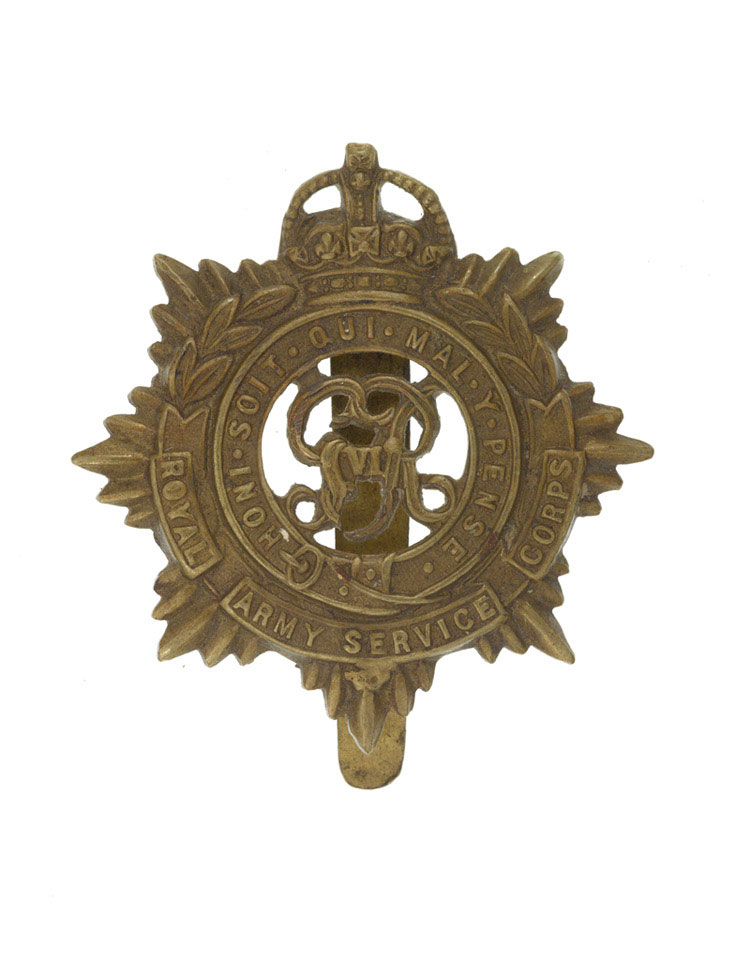Personal Details
Born: 1884
Family: The third child of Joseph and Emma Smith of Claypit Street, Whitchurch, Shropshire. Joseph married Martha Jane Wainwright in 1903 and together they had 6 children – Martha, Annie, Joseph, Emma, Mary and Thomas.
Civilian Occupation: He was a employed by the Victoria Hotel as a cab driver before enlisting in the army.
Residence: The family lived at 12 Claypit Street Terrace, Whitchurch, Shropshire in 1911, and were still living there in 1939.
Died: Date of death unknown, but prior to 1939.
Military Details
Regiment: Army Service Corps, Royal Engineers
Rank: Sapper
Service Number: T2/SR/01951, 316831
Date of Enlistment: 2 November 1914
Date of Discharge: 29 June 1920
Reason for Discharge: Convicted of stealing Government property.
Imprisonment: In 1920 he had agreed to extend his service for one extra year but convicted of larceny at Dorchester Quarter Sessions and sentenced to 5 months imprisonment. He was subsequently discharged from the army.
Other Information: He suffered several illnesses during the war and served in France, Egypt and Mesopotamia.
Joseph was awarded the Campaign Medals (British War Medal, and Victory Medal).

The British War Medal (also known as 'Squeak') was a silver or bronze medal awarded to officers and men of the British and Imperial Forces who either entered a theatre of war or entered service overseas between 5th August 1914 and 11th November 1918 inclusive. This was later extended to services in Russia, Siberia and some other areas in 1919 and 1920. Approximately 6.5 million British War Medals were issued. Approximately 6.4 million of these were the silver versions of this medal. Around 110,000 of a bronze version were issued mainly to Chinese, Maltese and Indian Labour Corps. The front (obv or obverse) of the medal depicts the head of George V. The recipient's service number, rank, name and unit was impressed on the rim.
The Allied Victory Medal (also known as 'Wilfred') was issued by each of the allies. It was decided that each of the allies should each issue their own bronze victory medal with a similar design, similar equivalent wording and identical ribbon. The British medal was designed by W. McMillan. The front depicts a winged classical figure representing victory. Approximately 5.7 million victory medals were issued. Interestingly, eligibility for this medal was more restrictive and not everyone who received the British War Medal ('Squeak') also received the Victory Medal ('Wilfred'). However, in general, all recipients of 'Wilfred' also received 'Squeak' and all recipients of The 1914 Star or The 1914/1915 Star (also known as 'Pip') also received both 'Squeak' and 'Wilfred'. The recipient's service number, rank, name and unit was impressed on the rim.


Joseph was my grandfather . He bigamously married my Grand mother May Bridle , and had a child my mother Gwendoline Harriet Roper Born 1920 .
Many thanks for this interesting piece of information Colin. Were they married in Dorset ?